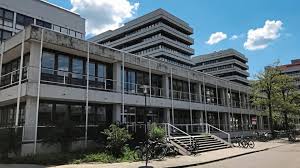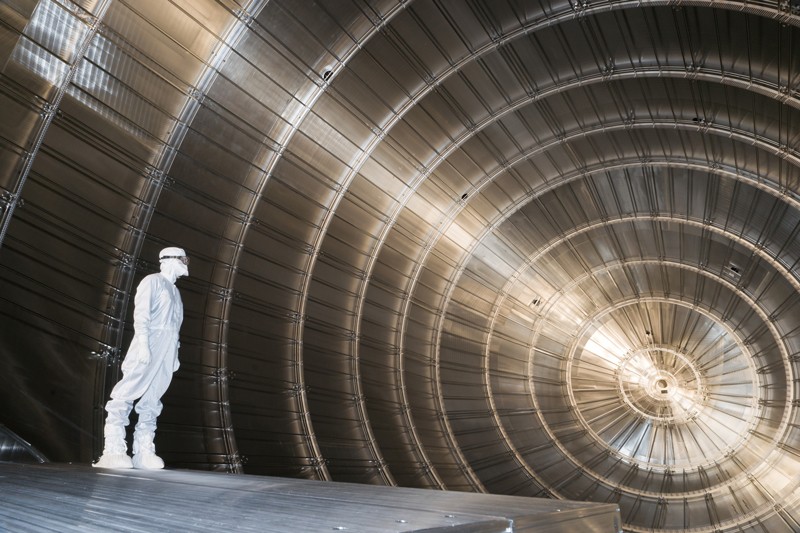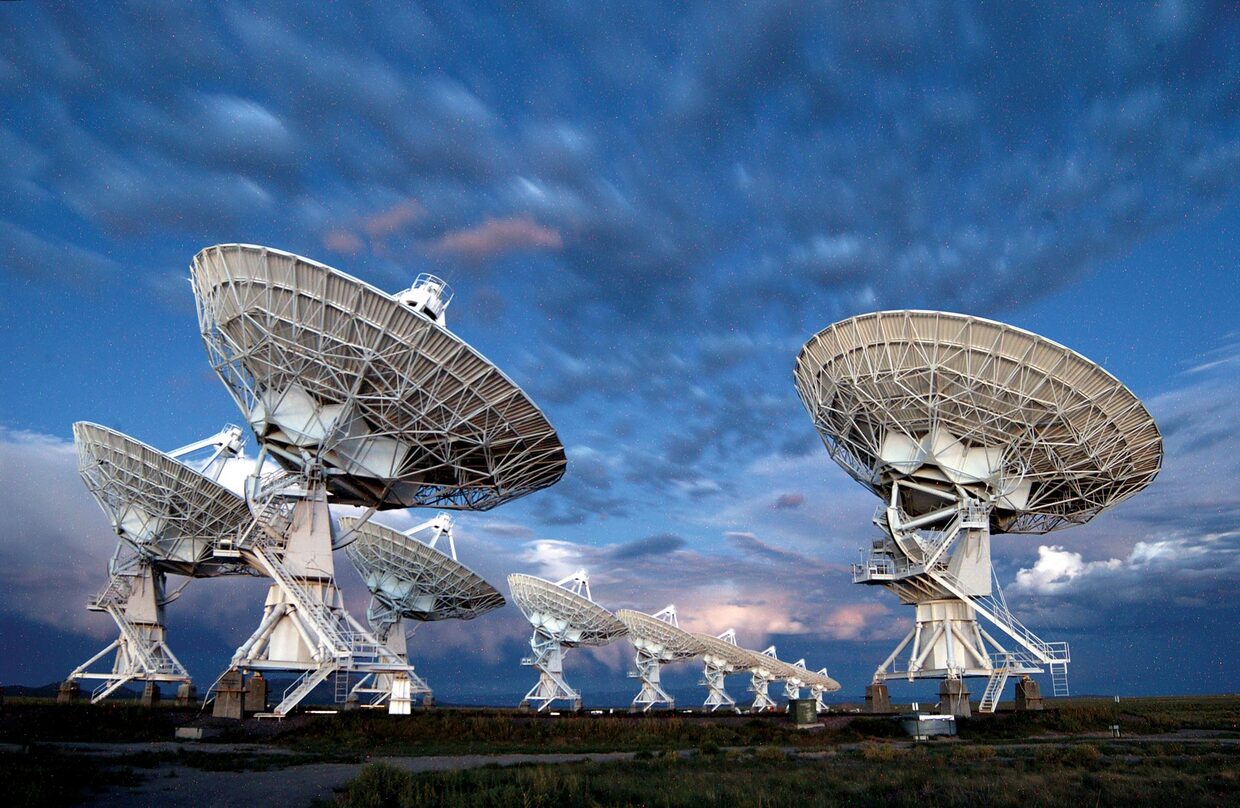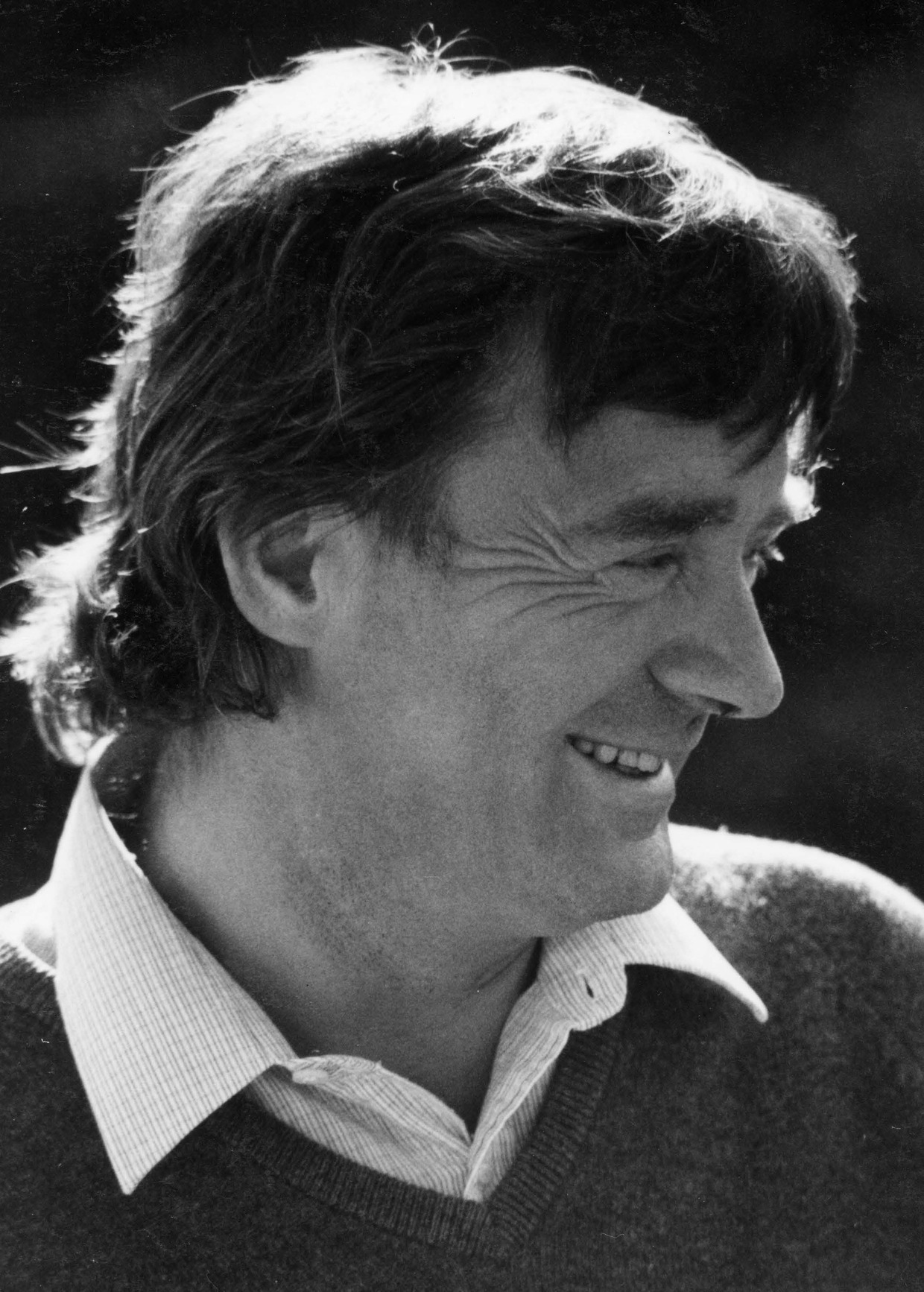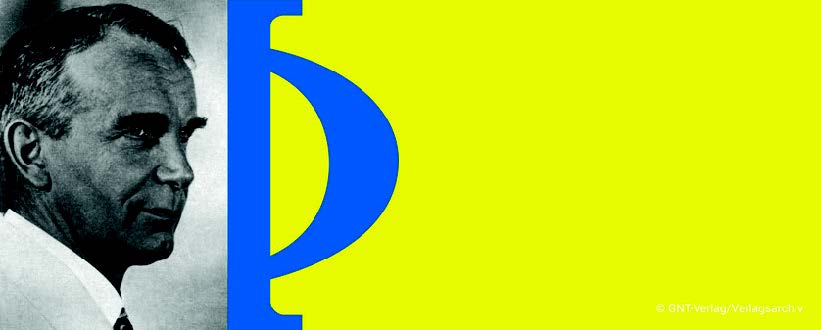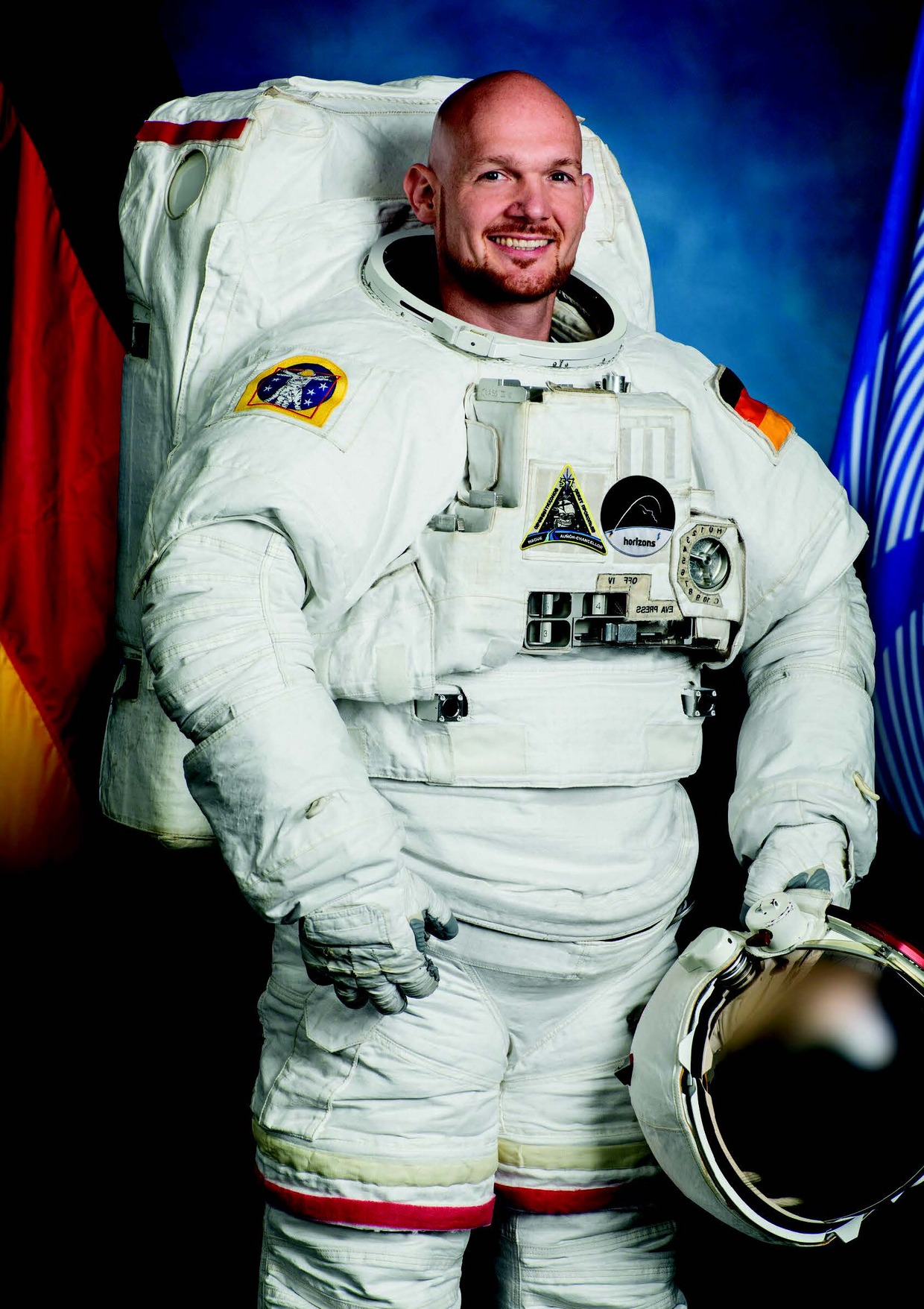Faculty of Physics
Founded in 1969
Institutes 18
Professorships 55
Students 1,200
Degree programs 10
Further information can be found here.
About the history
The Faculty of Physics was founded in 1969. Previously, physics was rooted at the Technical University and the University of Karlsruhe (TH).
1948-1966: Faculty of Natural Sciences and Humanities
1966-1969: Faculty of Natural Sciences I (Mathematics and Physics)

Personalities

Julius Wess (1934-2007)
Wolfgang Gaede (1878-1945)
Herwig Schopper
From 1961 to 1973, Herwig Schopper was the director of the joint Institute for Experimental Nuclear Physics of the TH Karlsruhe and the Karlsruhe Nuclear Research Center, and thus one of the pioneers of today's KIT as a research university in the Helmholtz Association. His pioneering work on superconducting cavity resonators and his development of the first hadron calorimeter for particle physics at high energies led to close links with CERN, of which he was Director General from 1981-1988. On his 100th birthday in 2024, he received an honorary doctorate from the Faculty of Physics as a living witness of the KIT.
Alexander Gerst (1976)
Alexander Gerst began to study geophysics - strongly impressed by the volcanoes of New Zealand - and graduated from the then University of Karlsruhe in 2003. He also studied geosciences in Wellington, where he was awarded a Master of Science in 2005. In 2006, he was a summer scholarship holder of the German Aerospace Center (DLR). Gerst was one of 8,413 applicants in the 2008 ESA selection process and was the only German among six new astronauts to be presented to the public on May 20, 2009.

